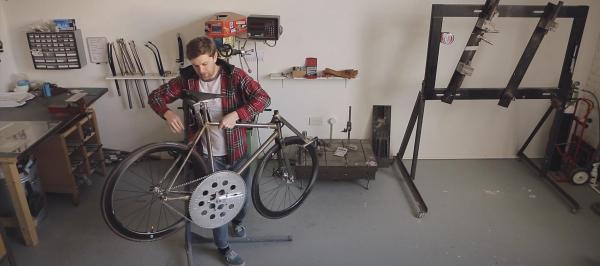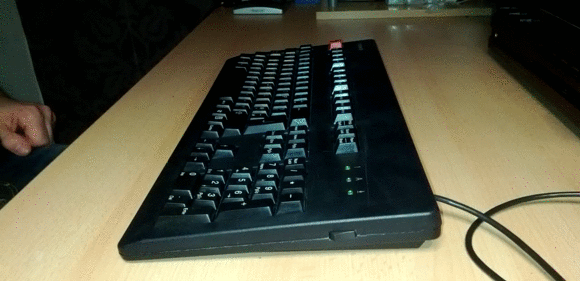[Stephen Wolfram], possibly the only person on Earth who wants a second element named after him, is giving away Mathematica for the Raspberry Pi.
For those of you unfamiliar with Mathematica, it’s a piece of software that allows you to compute anything. Combined with the educational pedigree of the Raspberry Pi, [Wolfram] and the Pi foundation believe the use of computer-based math will change the way students are taught math.
Besides bringing a free version of Mathematica to the Raspberry Pi, [Wolfram] also announced the Wolfram language. It’s a programming language that keeps most of its libraries – for everything from audio processing, high level math, strings, graphs, networks, and even linguistic data – on the Internet. It sounds absurdly cool, and you can check out a preliminary version of the language over on the official site.
While a free version of Mathematica is awesome, we’re really excited about the new Wolfram language. If it were only an interactive version of Wolfram Alpha, we’d be interested, but the ability to use this tool as a real programming language shows a lot of promise for some interesting applications.


















